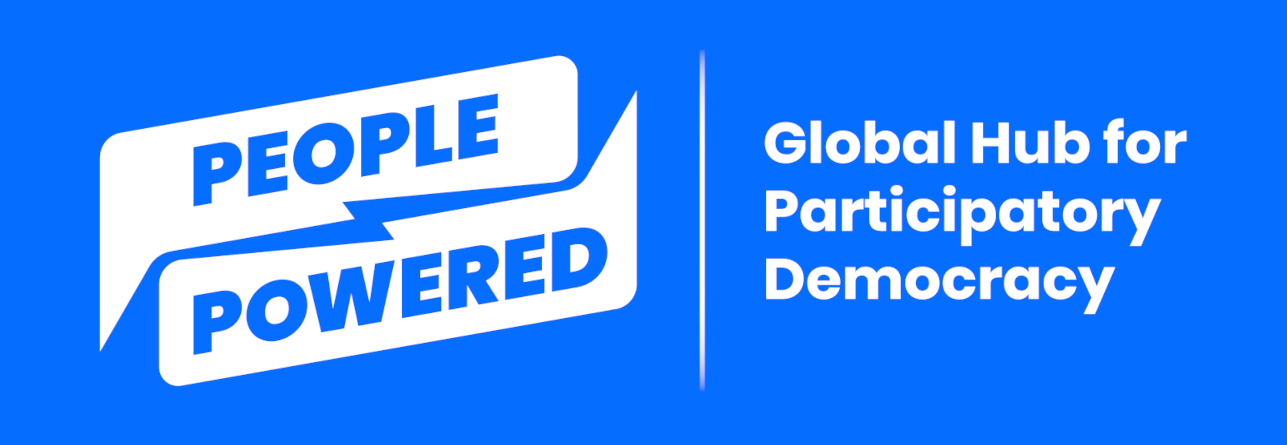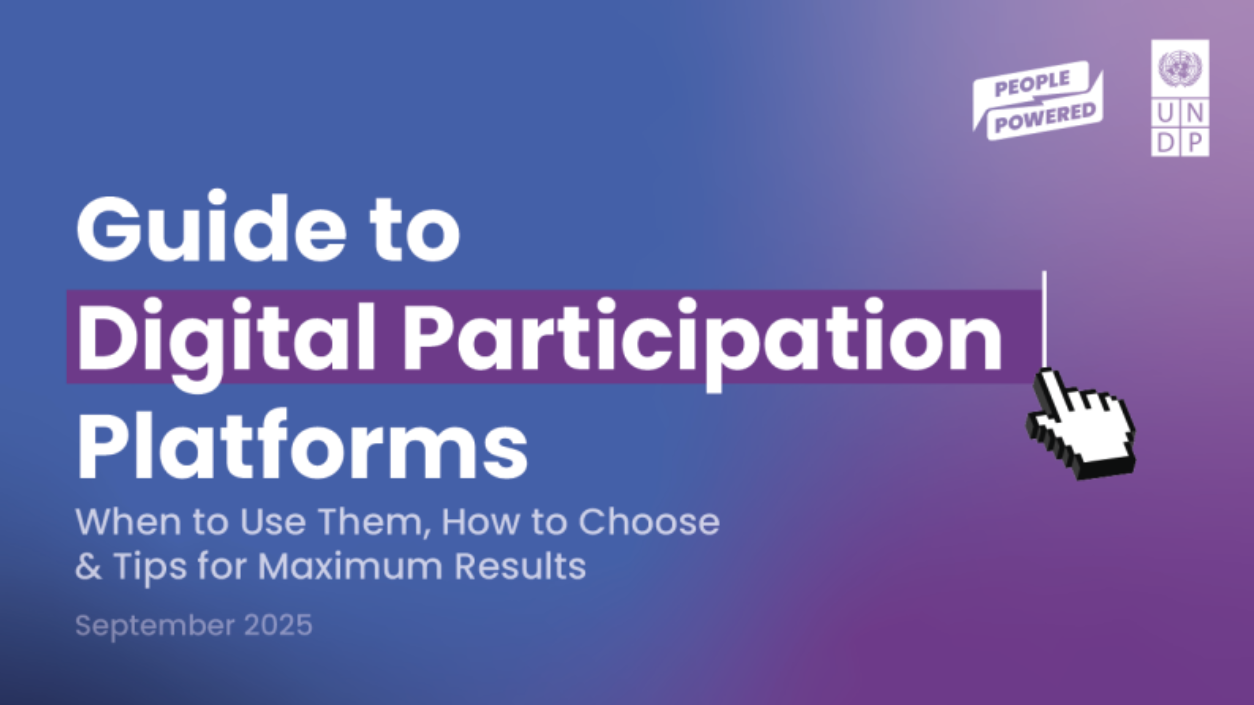What is a digital participation platform?
/What is a digital participation platform?
The modern digital participation platform emerged in the mid-2000s. E-democracy and civic tech practitioners introduced websites and apps to help engage participants beyond just broadcasting information one-way. The goal was to evolve beyond traditional in-person meetings, surveys, and other methods of collecting resident feedback. This allowed public institutions to invite people to submit their votes and comments via their computers and smartphones. Digital platforms allow residents to participate in collective activities like:
Proposing new projects.
Deliberating to reach agreement on shared decisions.
Planning how to use public spaces.
Voting on how to spend public budgets.
Prioritizing potential options.
Drafting policies and legislation.
Although digital platforms were originally conceived of as ways to supplant analog participatory processes, it's become clear in recent years that the best approach is often a hybrid one that brings together the strengths of online and offline experiences to best serve communities. This guide discusses how digital platforms can support in-person engagement.
Next: Why use digital participation platforms?
Previous: Why open up participation?




